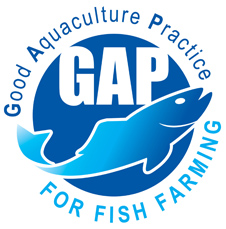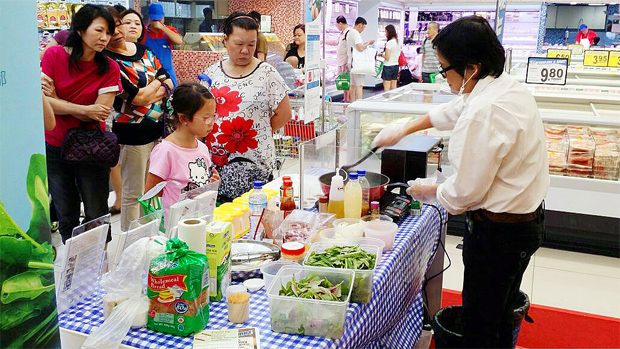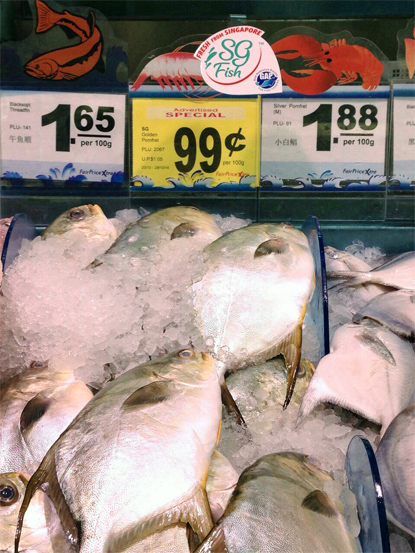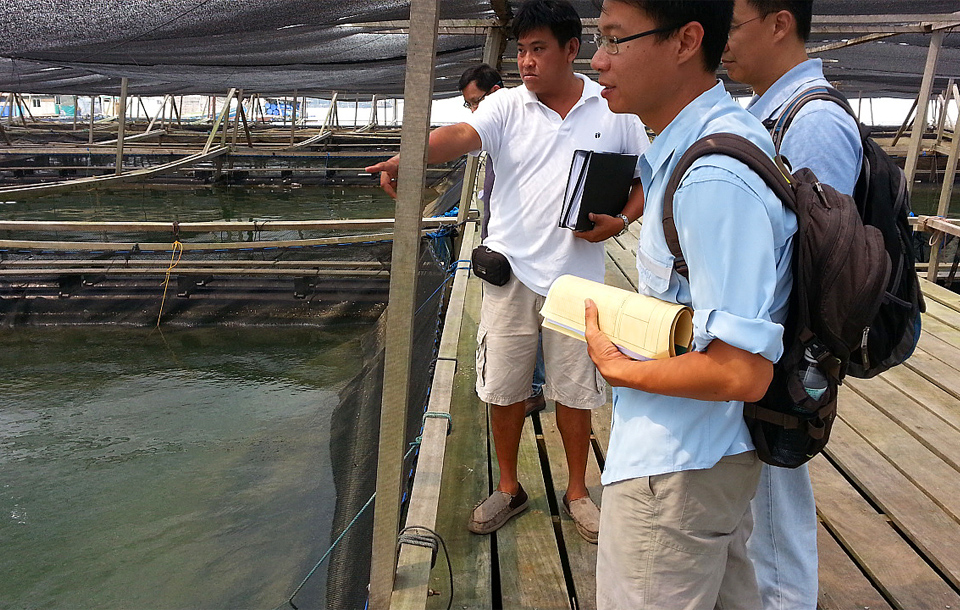Good Aquaculture Practice for Fish Farming
and quality fish, as well as provides added assurance to both retailers
and consumers.
Besides having proper infrastructure, effective technological solutions, and government support in place, the aquaculture industry must also adopt good farming practices. The industry is not left alone to do their part. To help them up their game, the Good Aquaculture Practice for Fish Farming (GAP-FF) Certification Scheme was launched in August 2014.

The GAP-FF is a set of guidelines to help fish farms improve in key areas such as farm infrastructure management, farm husbandry, fish health management, and farm environment management. These guidelines were developed with reference to internationally recognised standards and adapted to ensure they are relevant to the local farming industry. The aim is to raise awareness of local fish farms among consumers, as well as to provide assurance to both retailers and consumers by setting the benchmark for the production of safe and quality fish. Farm audits will be carried out to ensure that farms comply with the requirements of the certification.
 During a cooking demonstration held at the "Made in Singapore Fair", locally produced fishes, vegetables, and eggs are used as main ingredients.
During a cooking demonstration held at the "Made in Singapore Fair", locally produced fishes, vegetables, and eggs are used as main ingredients.
AVA conducted a workshop in September 2014 to explain the details of the scheme to the fish farming community. For a start, farms under Barramundi Asia Pte Ltd, Rong-Yao Fisheries Pte Ltd, and Marine Life Aquaculture Pte Ltd, have been successfully certified under the scheme.
Fishes from these farms were featured in the “Made in Singapore” Fair held from 23 October to 5 November 2014. Through a series of cooking demonstrations organised by AVA during the fair, shoppers at seven FairPrice Xtra outlets learned how to whip up tasty dishes using fresh local produce as main ingredients. These recipes, specially created by chef/food consultant, Ms Violet Oon, were also distributed to shoppers. Those who purchased one locally farmed fish, along with local eggs or vegetables, redeemed an AVA cooler bag each, which carried messages on local produce. In addition, working closely with NTUC FairPrice, in-store publicity materials and newspaper advertisements were put up to heighten consumer awareness of local produce and the fair.
Rong-Yao Fisheries’ Mr Alawn Koh shared: “We have incorporated the GAP Logo into our own 'SG Fish' label. The GAP Scheme helps us to maintain proper standards and procedures for aquaculture, thereby ensuring best practices. This results in increased productivity, and safe and quality fishes for supply to the local market.”
Mr Frank Tan from Marine Life Aquaculture echoed Mr Koh’s sentiments: “We want to cut our exposure to food safety risks by improving farm efficiency management through AVA’s GAP legislation on food safety, animal and worker welfare, and environmental protection.”
 Fresh from local farms: Look out for fishes bearing the GAP-FF logo in supermarkets!
Fresh from local farms: Look out for fishes bearing the GAP-FF logo in supermarkets!
Barramundi Asia’s Ms Eva Lim also said that the GAP-FF Scheme benefited them greatly: “When Barramundi Asia was invited to be certified under the GAP scheme, we saw it as a great opportunity for us to play a leadership role. We could now set the benchmark for the production of safe and quality fish in Singapore. To us, the GAP logo serves a mark of quality, allowing us to stand out from other farms easily. This certification gives us the chance to show more Singaporeans that the farms here deploy excellent farming practices of global standards.”








